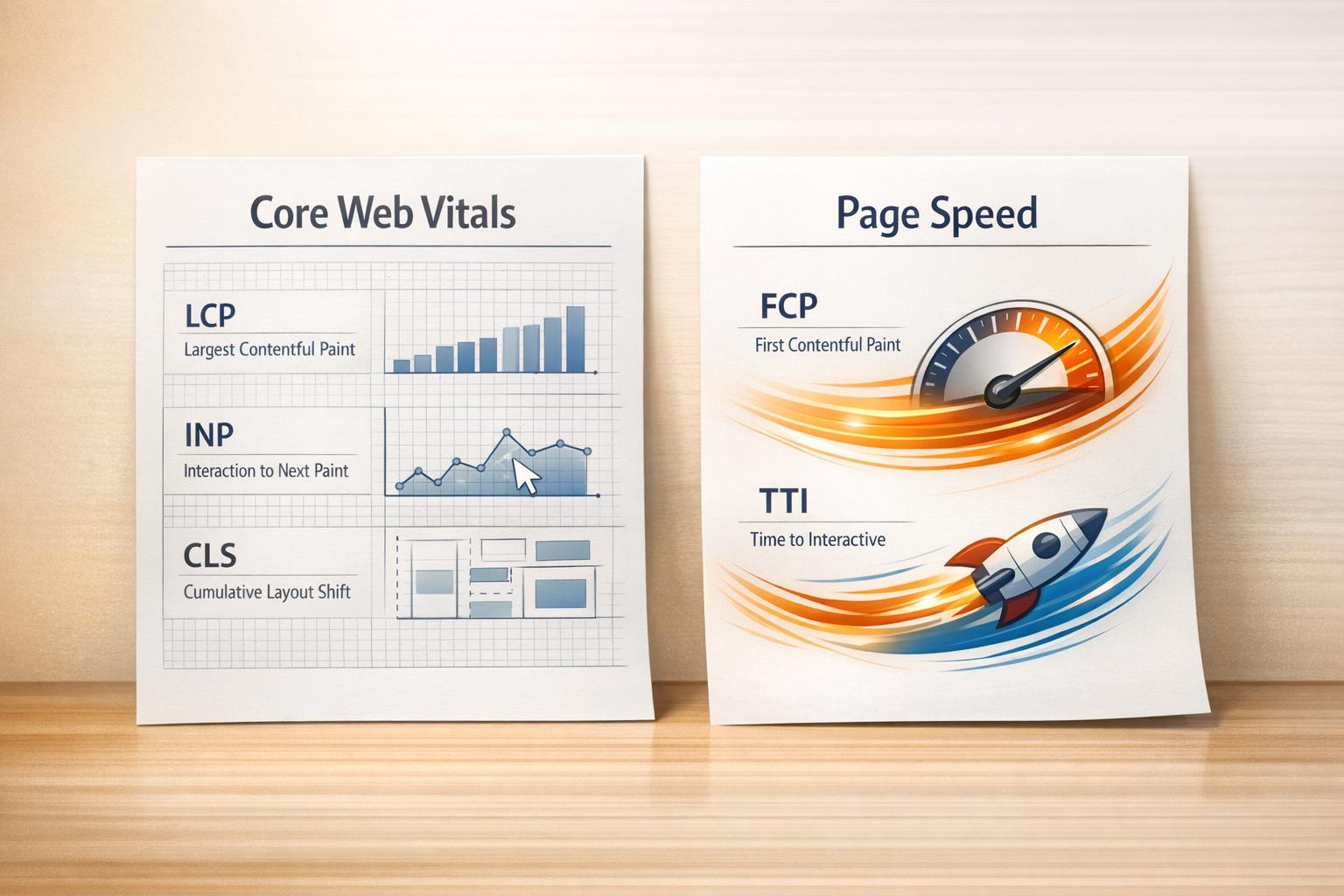

How to Rank in AI Overview: Strategies for Maximum Visibility

How to Rank in AI Overview: Strategies for Maximum Visibility
 12-08-2025 (Last modified: 12-08-2025)
12-08-2025 (Last modified: 12-08-2025)
Quick Takeaways
If you’re here for the bare essentials on how to rank in AI overview summaries then here’s the key points for you:
-
AI Overview rankings depend on trust, topical authority, and structured formatting.
-
E-E-A-T signals (Experience, Expertise, Authoritativeness, Trustworthiness) are critical.
-
Content must be scannable with clear answers up front for AI extraction.
-
Entity-based SEO is more important than exact keyword matching.
-
Testing and refining content is key – AI selection criteria change quickly.
For everyone else, let’s continue looking at how to rank in AI with some top tips for you to copy!
Why Ranking in AI Overview Matters
Google’s AI Overview (formerly known as Search Generative Experience) is reshaping search results by summarizing information directly in the SERP using AI.
Instead of presenting a simple link list, AI Overview:
-
Synthesizes multiple sources into a single AI-generated answer.
-
Displays it above most organic results, often stealing clicks from traditional rankings.
-
Pulls from trusted, structured, and semantically rich sources.
For businesses, this is both a threat and an opportunity:
-
Threat: If you’re not in the AI Overview, your visibility can drop – even if you’re #1 in organic results.
-
Opportunity: If you are included, you gain prime real estate and authority in your niche.
52–73% of AI Overview sources already rank in the top 10 organic search results. This means strong SEO fundamentals remain essential. (Search Influence)

How AI Overview Chooses Content
AI Overview selection is based on quality signals and contextual relevance, not just keyword matching. Google looks for:
-
Entity relationships — how concepts, brands, and topics connect.
-
Authoritative coverage of the search topic.
-
Clear, extractable formatting for AI summarization.
-
Trust signals like citations, credible authorship, and outbound links to reputable sources.
“AI Overview isn’t just scanning for keywords – it’s scanning for confidence. Your content has to prove it’s the most reliable answer available.” Ian Naylor, Founder of PageTest.AI
Step-by-Step: How to Rank in AI Overview
1. Build Topical Authority Through Entity-Based SEO
-
Create pillar content covering an entire subject in depth.
-
Link to supporting articles to demonstrate topic expertise.
-
Use consistent naming conventions for your brand, products, and key terms.
2. Structure Content for AI Extraction
-
Start with a direct answer to the query.
-
Follow with supporting details in short paragraphs.
-
Use bullet points, numbered lists, and tables to make information easy to lift into summaries.
3. Use Schema Markup to Help AI Interpret Your Content
-
FAQ schema for question-based queries.
-
HowTo schema for instructional content.
-
Article schema with author credentials for thought leadership pieces.
“Schema won’t guarantee AI Overview placement, but it’s like leaving breadcrumbs for Google’s AI so it knows exactly what it’s looking at.” Becky Halls, Strategist at PageTest.AI
4. Demonstrate E-E-A-T at Every Level
-
Include author bios with expertise in the subject.
-
Cite reputable, high-authority sources.
-
Add original research or case studies that competitors don’t have.
5. Target Long-Tail & Conversational Queries
AI Overview thrives on natural-language queries, often longer and more specific than traditional search.
-
Use question-based headings (H2/H3) matching user phrasing.
-
Answer them clearly in the first sentence of the section.
6. Continuously Test & Refine Content
-
AI Overview algorithms evolve constantly so what works now might not work in 6 months…
-
Use PageTest.AI to:
-
Test different intros for AI preference.
-
Compare structured vs. paragraph-based formats.
-
Measure engagement metrics to identify the best-performing variation.
-

Common Pain Points & How to Overcome Them
| Pain Point | Solution |
|---|---|
| AI Overview ignores your content | Improve topical depth, structure, and E-E-A-T signals |
| Content gets cited but without attribution | Include brand mentions and internal references |
| Ranking drops after an AI update | Refresh structure and re-test variations |
| No tracking method for AI Overview placement | Conduct regular manual checks and use rank monitoring tools |
Example: AI Overview-Optimized Answer
Before:
Ranking in AI Overview requires good SEO and quality content.
After:
To rank in AI Overview:
Build topical authority with interlinked, expert-driven content.
Structure answers with bullet points and clear headings.
Use schema markup to improve AI interpretability.
The “After” example is clear, specific, and easy for AI to lift directly into a SERP summary.

Emerging Trends in AI Ranking Factors
Content Freshness Matters More
AI Overview pulls from the most recent, trustworthy information. Outdated content drops out quickly.
Multimedia Context Is Increasingly Valuable
Including relevant images, charts, or videos can boost perceived authority and engagement.
Brand Signals Are Becoming Key
Mentions across reputable sites help AI connect your brand with the topic.
Direct Answers Trump Fluff
AI Overview favors pages that get to the point quickly (notice how we included a short summary at the start of our article earlier…)
Final Thoughts
Ranking in AI Overview isn’t about “beating” the AI – it’s about helping it trust you.
By combining entity-based SEO, structured formatting, E-E-A-T signals, and continuous testing, you can put yourself in the best position to be the source Google’s AI highlights.
“In AI-driven search, you’re not competing for position – you’re competing for trust.” Ian Naylor, Founder at PageTest.AI
FAQ: How to Rank in AI Overview
Q1: How is AI Overview different from a featured snippet?
Featured snippets pull from one source, AI Overview pulls from multiple authoritative sources.
Q2: Does ranking in AI Overview require top 10 organic rankings?
Not always, but most included pages already rank highly in organic search.
Q3: Is schema markup required for AI Overview?
No, but it increases the likelihood of correct interpretation and inclusion.
Q4: How often should I update my AI Overview-targeted content?
At least quarterly, or sooner if there’s new industry information.
Q5: Can smaller sites rank in AI Overview?
Yes, if they provide unique, authoritative insights and structure them well for AI extraction.
say hello to easy Content Testing
try PageTest.AI tool for free
Start making the most of your websites traffic and optimize your content and CTAs.
Related Posts

 01-01-2026
01-01-2026
 Ian Naylor
Ian Naylor
Core Web Vitals vs. Page Speed: Key Differences
Compare Core Web Vitals (LCP, INP, CLS) with Page Speed metrics like FCP and TTI — learn their SEO roles, measurement differences, and optimization tips.

 30-12-2025
30-12-2025
 Ian Naylor
Ian Naylor
User Engagement Score Estimator
Estimate your website’s user engagement score with our free tool! See how interactive your content is and get tips to improve user interest.

 29-12-2025
29-12-2025
 Ian Naylor
Ian Naylor
CTA Phrase Planner
Struggling with CTAs? Use our free CTA Phrase Planner to create powerful, tailored call-to-action phrases that convert your audience!
